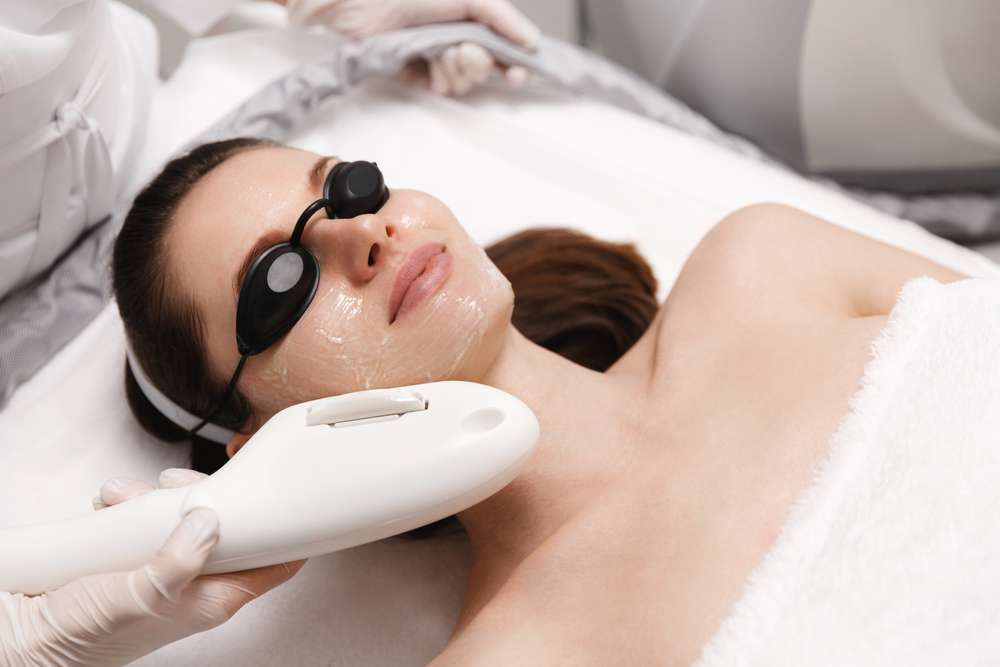Skin Rejuvenation: Modern Treatments for Radiant Skin
Discover how modern dermatology and gentle in-clinic procedures can restore a healthy, youthful glow to your skin. This guide covers top laser therapies, non-invasive options, essential skincare ingredients, expected longevity of results, and typical costs so you can choose the best path to refreshed, radiant skin.

Skin aging, sun exposure, and environmental stressors can leave skin looking tired, uneven, and less elastic. Fortunately, a variety of professional treatments and homecare strategies can revive your complexion. Below is a practical overview of the most effective approaches to skin rejuvenation, from high-impact laser procedures to low-downtime alternatives and the daily products that prolong results.
Top laser options for rejuvenation
Laser technologies offer precise ways to address texture, fine lines, pigmentation, and laxity. Fractional laser resurfacing delivers microscopic columns of energy into the skin, creating controlled micro-injuries that jump-start collagen and elastin production. The outcome is firmer, smoother skin and a reduction in scars and wrinkles over several months as remodeling occurs.
Intense pulsed light (IPL) is not a laser in the strictest sense, but it emits broad-spectrum light that targets pigmentation, broken capillaries, and redness. IPL is a strong choice for improving sun damage and evening skin tone with minimal downtime.
For more aggressive correction, CO2 ablative lasers remove damaged outer layers of skin and stimulate deep collagen regeneration. CO2 treatments can produce dramatic, long-lasting results but require longer recovery and careful aftercare.
Non-invasive procedures that deliver results
If you prefer milder treatments or need faster recovery, a range of non-invasive options can refresh skin without major interruption to daily life. Microdermabrasion mechanically exfoliates the outermost layer using fine crystals or a diamond tip, promoting cellular turnover and a brighter surface texture.
Chemical peels use tailored solutions to remove damaged surface layers and encourage collagen production. Light or medium peels are useful for mild discoloration and texture issues, while deeper peels produce stronger effects with longer healing times.
Radiofrequency treatments heat deeper skin layers using energy waves, stimulating collagen and causing tissue tightening. These sessions are often used to gradually firm the face and neck, with incremental improvements over several months.
Building a supportive skincare routine
Professional treatments deliver powerful change, but consistent at-home care is essential to preserve and boost results. Look for these key ingredients:
- Retinoids: Encourage cell turnover and collagen synthesis, improving lines and texture. Start slowly and follow irritation-management guidance.
- Antioxidants (for example, vitamin C): Shield skin from oxidative stress and brighten uneven tone.
- Hyaluronic acid: Provides hydration and plumps the skin, helping it look smoother.
- Sunscreen: Daily broad-spectrum SPF is critical to prevent further photodamage and to protect investment in treatments.
Combining clinical treatments with a targeted skincare routine helps maintain outcomes and slows future aging.
How long will results last?
The durability of rejuvenation depends on the treatment intensity and ongoing care. Aggressive procedures like CO2 or deep fractional resurfacing often produce improvements that can last several years. Less intensive options, such as microdermabrasion or superficial peels, usually require repeat sessions every few months to keep skin at its best.
Lifestyle factors — including sun exposure, smoking, diet, stress, and sleep — significantly influence how long benefits persist. Adhering to a protective skincare routine and scheduling maintenance treatments as recommended by your clinician will extend results.
Typical costs and what to expect
Below is a general pricing comparison for common rejuvenation procedures. Regional differences, provider experience, and customized treatment plans influence final costs.
| Treatment | Typical Provider | Cost Estimation |
|---|---|---|
| Fractional Laser Resurfacing | Dermatology clinics | $1,000 - $5,000 per session |
| IPL Therapy | Med spas | $300 - $600 per session |
| Chemical Peels | Skincare centers | $150 - $600 per session |
| Microdermabrasion | Beauty salons | $75 - $200 per session |
| Radiofrequency Treatment | Aesthetic centers | $1,000 - $4,000 per session |
Prices, rates, or cost estimates mentioned in this article are based on the latest available information but may change over time. Independent research is advised before making financial decisions.
Many treatments require multiple sessions for optimal results, and maintenance appointments can add to the overall expense. When evaluating cost, factor in consultation fees, post-procedure skincare, and potential downtime.
Choosing the right approach
Selecting a treatment depends on your skin type, concerns, tolerance for downtime, and budget. A consultation with a board-certified dermatologist or qualified aesthetic professional will help you weigh risks, expected outcomes, and a realistic timeline. Combine in-office procedures with a customized home regimen to maximize and prolong benefits.
In short, skin rejuvenation is not one-size-fits-all. From targeted lasers to gentle peel and energy-based therapies, there are options for nearly every goal and schedule. Thoughtful treatment selection, consistent skincare, sun protection, and healthy lifestyle choices create the best environment for long-lasting, radiant results.
This article is for informational purposes only and should not be considered medical advice. Please consult a qualified healthcare professional for personalized guidance and treatment.






